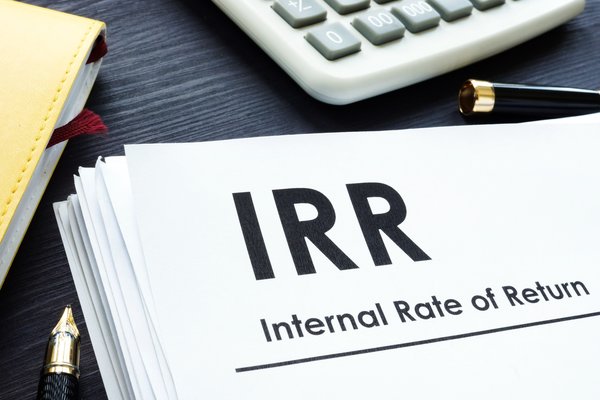If you're new to commercial real estate, you may be more familiar with the lease structure used with residential real estate. Specifically, when you rent an apartment, the rent you'll pay is typically quoted as a dollar figure per month -- $1,000 per month for a 12-month lease, for example.
Commercial real estate works a little differently. Rent is expressed as "per square foot," or PSF, in a commercial lease. For example, when renting office space, you'll see the rent listed as $20 PSF. In simple terms, PSF tells you how much rent you'll pay for each square foot of leased space per year. So, a 1,000-square-foot office space at $20 PSF would lease for a total of $20,000 per year.
However, in most situations, commercial rent is still paid monthly, so divide this figure by 12 to determine your monthly rent. In the above example of a 1,000-square-foot office leasing for $20 PSF, your monthly base rental rate would be $1,667.

Gross vs. net lease
One thing to note on commercial real estate leases is whether the PSF figure you're seeing is for a gross lease or net lease.
A net lease, also known as an "nnn lease," can be significantly more expensive than the PSF figure suggests. Most net leases are technically "triple net" leases, which means the tenant is required to pay property taxes, building insurance, and most maintenance items on top of their base rent. With a gross lease, the tenant just pays the rent, and the landlord is responsible for these other costs. (Note: Residential leases are gross leases.)
Net leases come in several different forms and are most common in single-tenant properties, but it's not unheard of for a multi-tenant building to have its tenants each cover a "pro rata" (proportional) share of expenses. There is also a lease structure called a modified gross lease, which requires the tenant to take on a share (but not all) of a property's operating expenses, such as common-area maintenance.
Average PSF asking rents in the United States
Office
In most U.S. markets, the average asking rent for office space is between $8 and $23 per square foot. But this can vary dramatically based on location, and in some major cities the cost can be much higher. It also depends on the type of office (high-rise, suburban, etc.) as well as the quality and amenities of the space, such as access to parking or a tenants-only gym.
For example, New York City is the most expensive city to rent office real estate, with an average monthly cost of $6.16 PSF ($73.92 PSF annually). San Francisco is almost as expensive, with an average cost of about $5.43 a month PSF ($65 annually) to lease space in an office building.
Industrial
Industrial real estate is significantly cheaper to lease than office space, for a few reasons. First off, buildings like warehouses and manufacturing centers tend to be located away from urban centers and downtown areas, where rents are highest. And second, the buildings themselves tend to be much cheaper to construct and maintain than offices.
In the U.S., the average lease rate for a warehouse property is about $6 per square foot (annually), while the average manufacturing property is slightly higher, at $6.36.
Other uses of PSF
You might see other types of real estate prices listed on a PSF basis. For example, comparing apartment rents on a monthly PSF basis can help you compare two apartments of different square footage to determine which is the better deal.
Or you might see real estate sale prices listed on a PSF basis, especially when used in reference to a market average. As a hypothetical example, you may hear something like, "Duplexes in this area sell for an average of $110 per square foot."
The bottom line
As you can see, the way lease rates for commercial properties are expressed is quite different than for residential properties. Understanding not only what PSF means but also how it translates into your monthly cost of leasing a commercial property is important for all commercial tenants and real estate investors to understand.



















